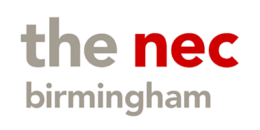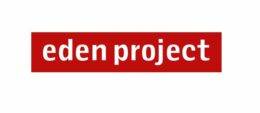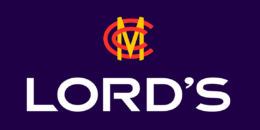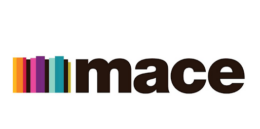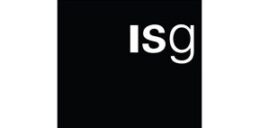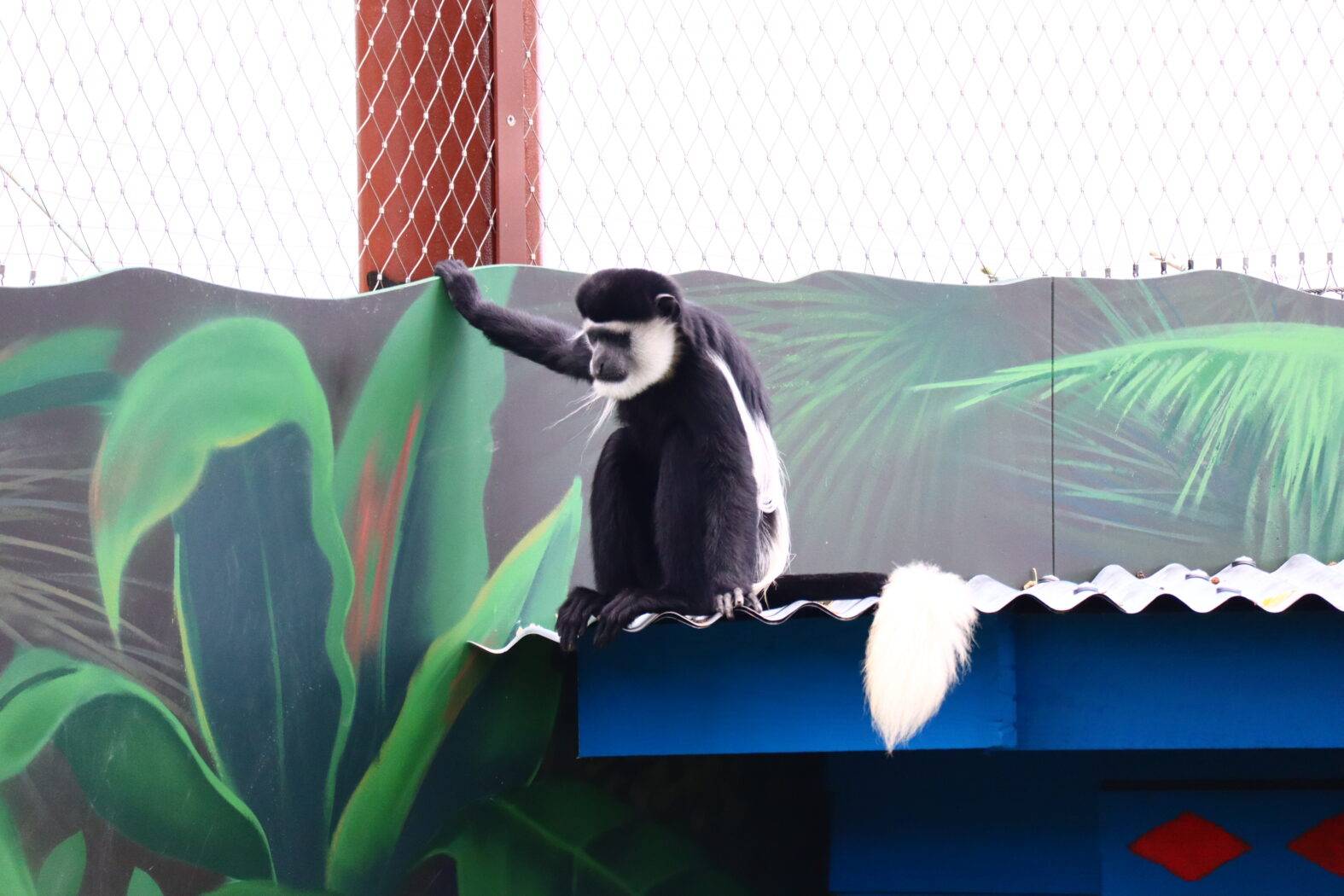
The Drusilla’s Park team were looking to expand the zoo with their “most ambitious and largest enclosure project to date”, a state-of-the-art new enclosure for the Colobus monkeys. Base came up with a solution to maximise the living space for the monkeys, including large posts to allow the monkeys to swing freely and netting around existing trees to keep the habitat natural and authentic.
Colobus monkeys, known for their size and agility, require a spacious and durable enclosure. To meet these needs, our expert animal enclosure team designed a robust structure featuring steel posts and high-tensile stainless steel web netting. This design ensures long-term durability, provides excellent visibility for visitors, and safeguards the monkeys from external wildlife.
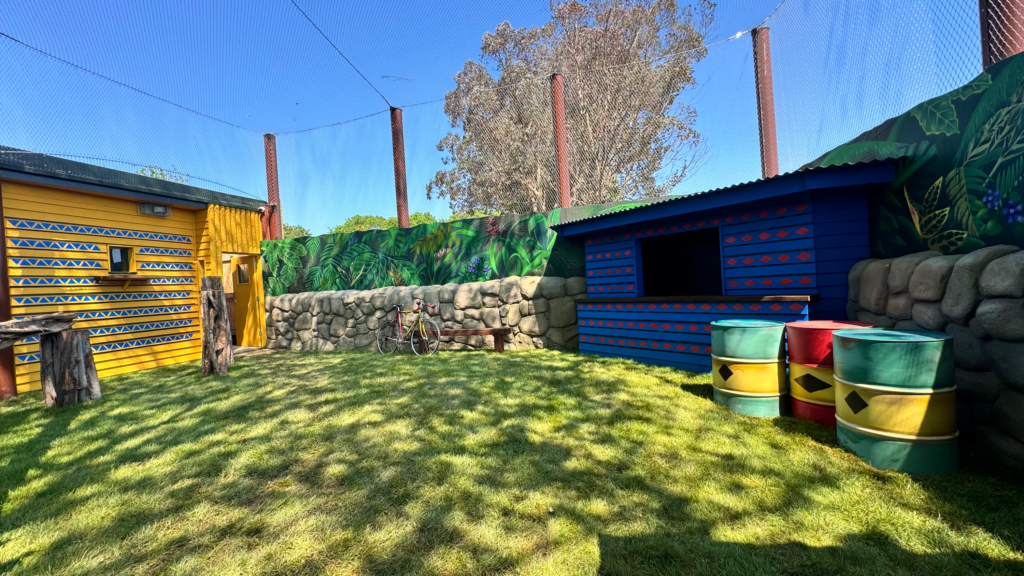
One of the primary challenges of this project was interfacing the web netting with the existing trees within the enclosure’s perimeter. Our bespoke solution included a specialized finishing detail that accommodates the trees’ natural growth and movement, preventing damage to the netting while ensuring the monkeys remain secure. The perimeter interface was expertly crafted, with an additional closure net secured to surrounding structures to eliminate any risk of escape, while also maintaining a clean and aesthetically pleasing appearance.
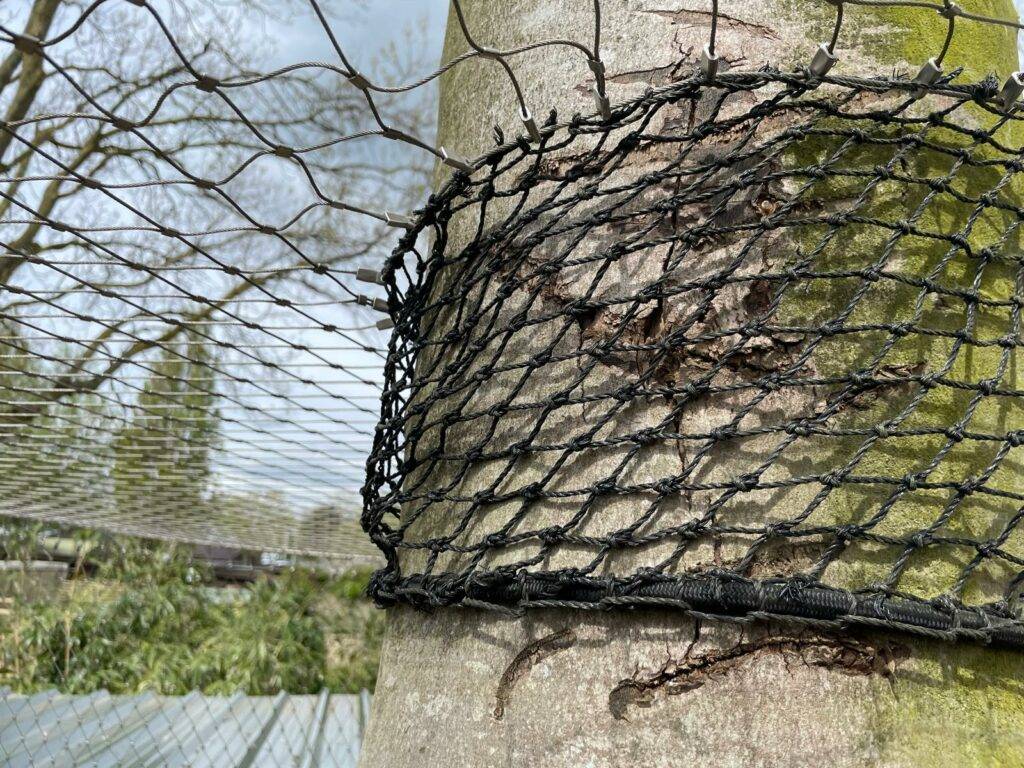
The final result is a cutting-edge enclosure that offers the Colobus monkeys an expansive and enriching environment while ensuring the safety of both the animals and the public. The new exhibit has quickly become a standout attraction at Drusillas Park, providing visitors with an unforgettable experience as they observe the playful antics of these fascinating creatures.
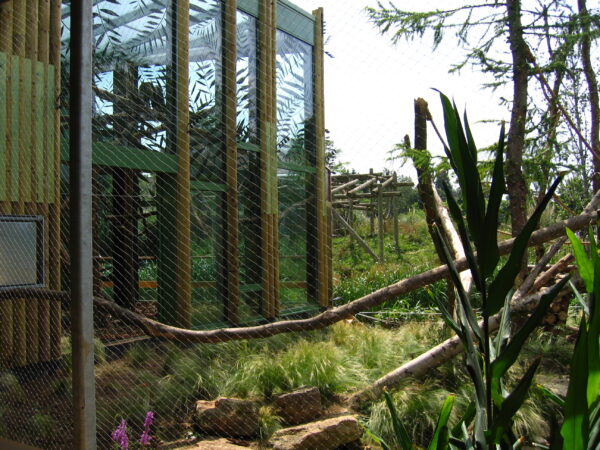
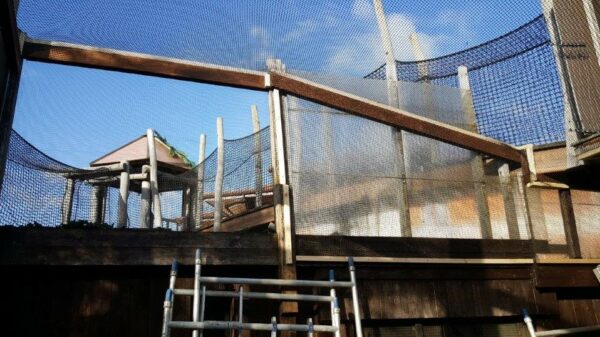
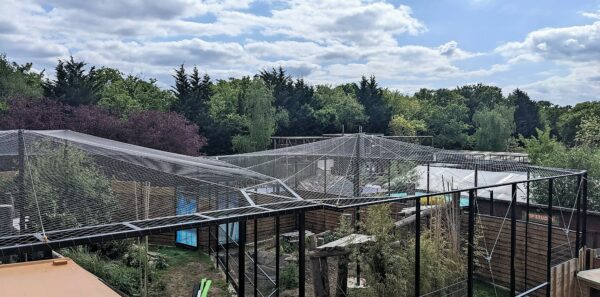
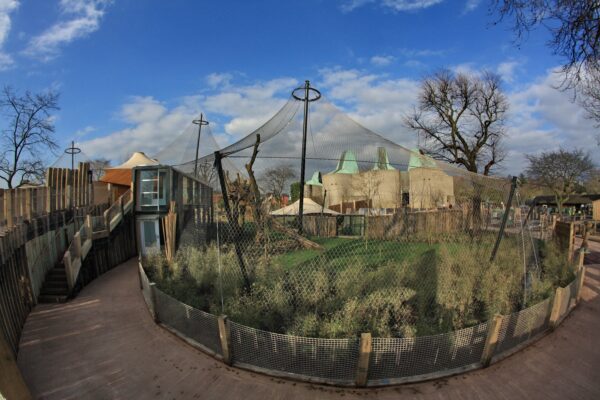
For our clients who run and manage zoos, animal welfare is their top priority. Most zoos exist as an opportunity not just for the public…
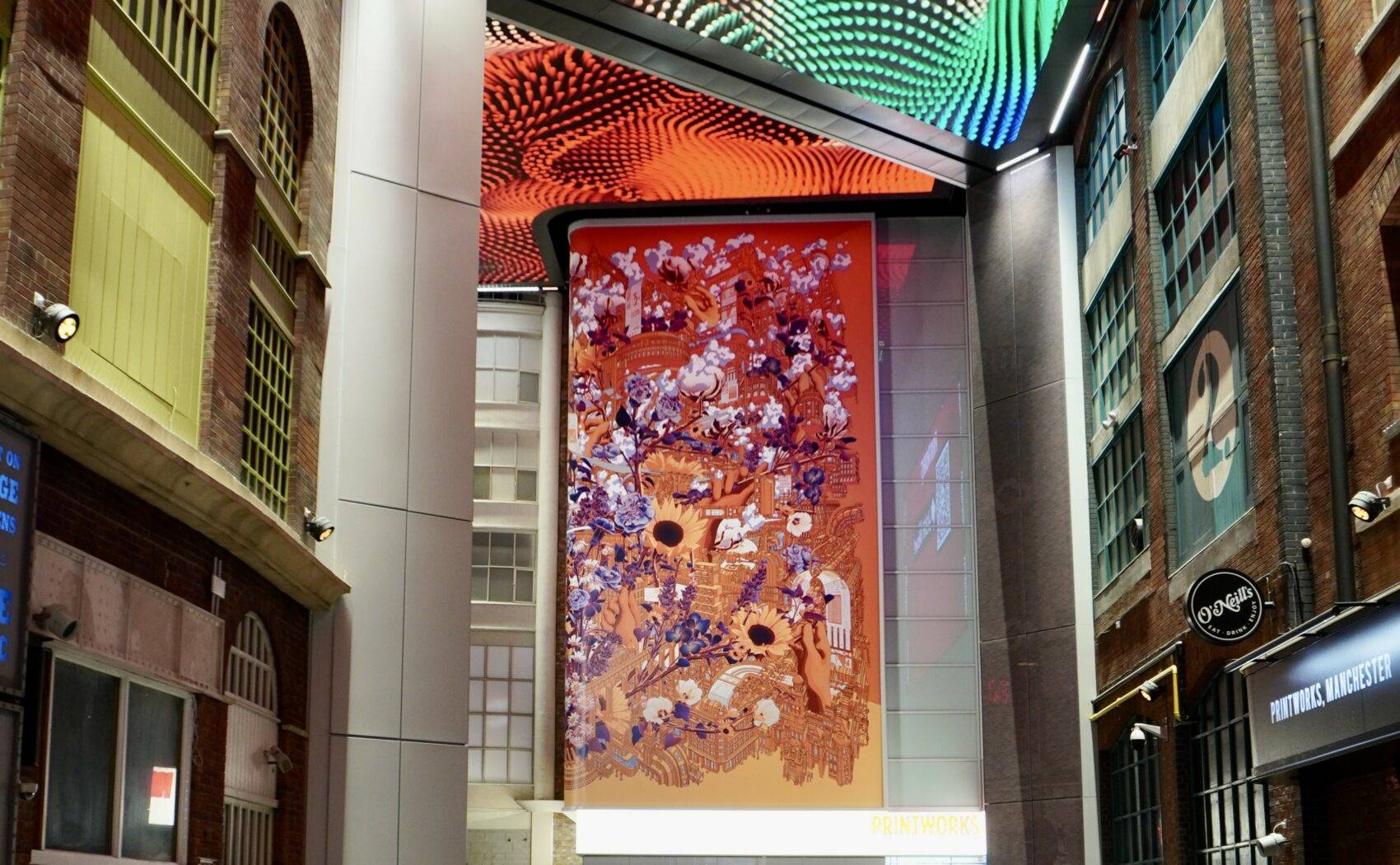
As part of a larger renovation and face lift to Manchester’s iconic Printworks leisure destination area of the city centre, the team at John Tuner Construction came to us to develop three separate fabric schemes to internal and external elevations for the Printworks renovation.
Internally, our fabric experts worked very closely with the client and a local artist to develop a 210m2 printed fabric facade design that would achieve the stunning new visual needed for this very prominent location. Installing a façade of this size around a corner called for specialist manufacture and installation to create the seamless aesthetic of the finished artwork.
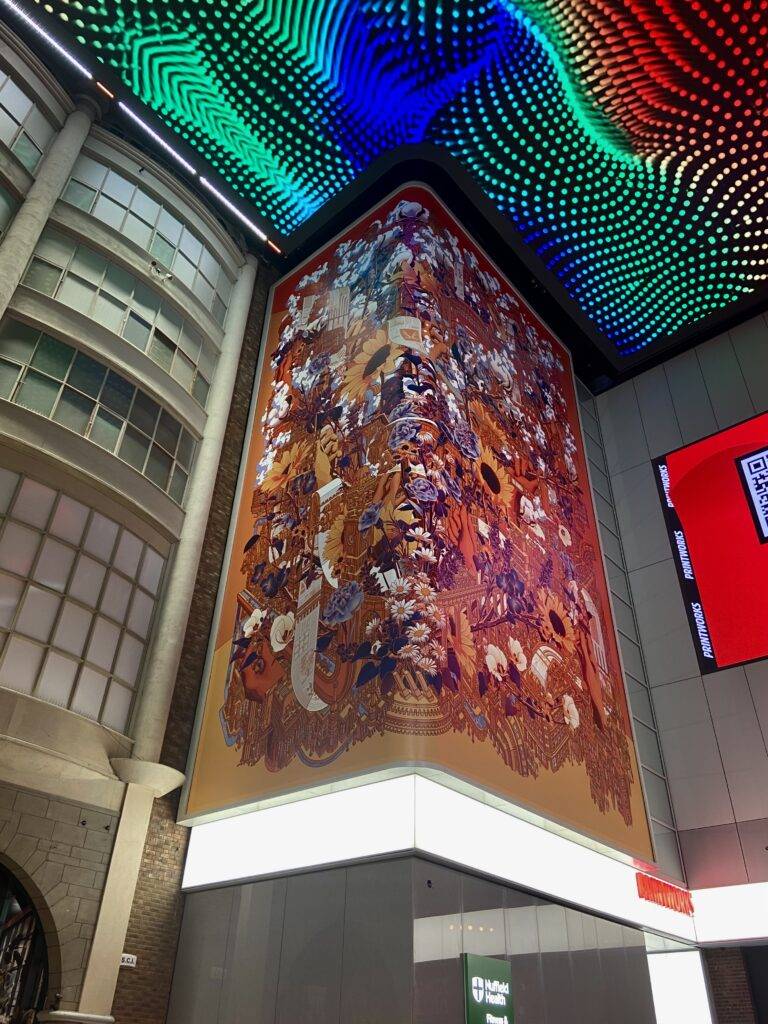
The client required the artwork to be framed by a flashing surround with hidden fixings which we were able to achieve using innovative brackets and connection details. Also internally, fifteen speaker panels were produced as part of a flush façade. These were engineered to be removable and held with magnets to again hide all fixings on the elevation.
Externally on Dantzic Street, we produced five large printed fabric screens showcasing the entertainment and activities on offer at Printworks. There was no room from a crane due to Dantzic street being narrow and in close proximity to the tramlines, so we had to design a steel frame in sections that could be installed by hand.
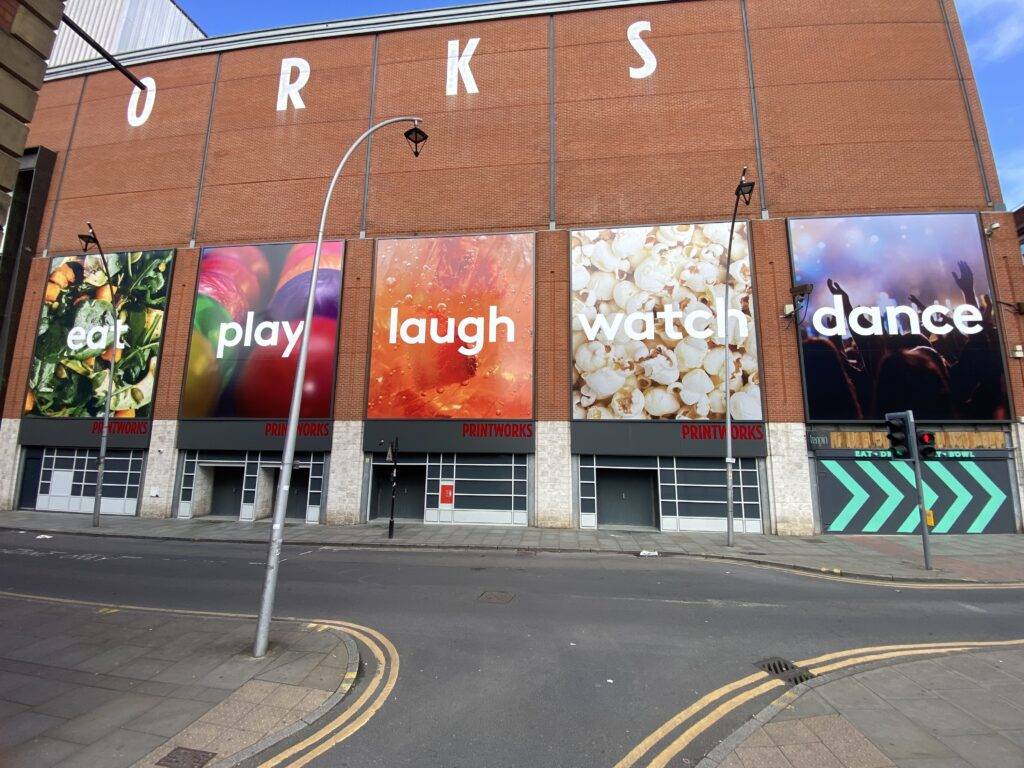
This was a challenging project we were working alongside the installation of a record breaking scale LED ceiling screen and the fabric façade features directly underneath this. Our installation experts worked alongside other contractors to develop a smooth system of work for an efficient and quality build, that would be ready in time for the grand opening in March 2024.
Visitors to the new look Printworks will find the new space fully immersive with visually stunning including our fabric façade taking pride of place within this updated venue, now ready for a brand new programme of events and other possibilities.
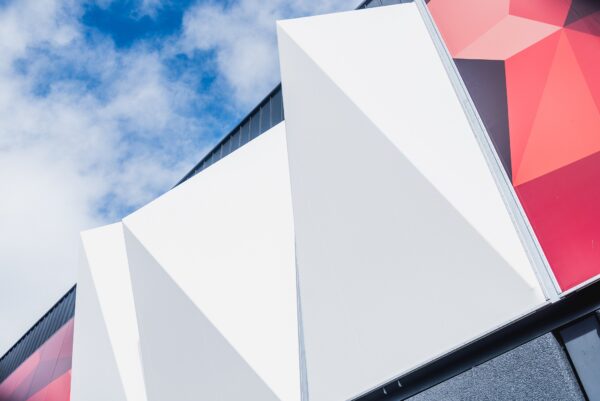
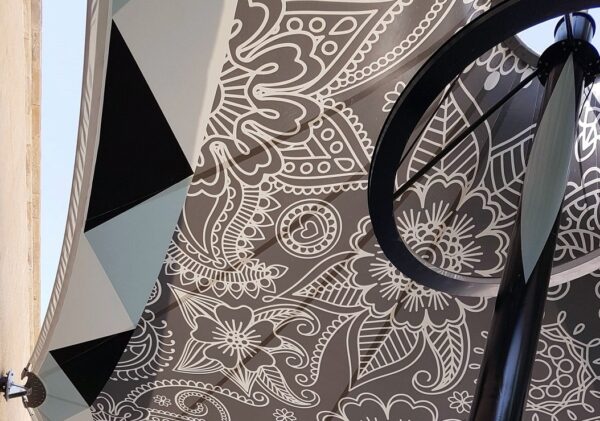
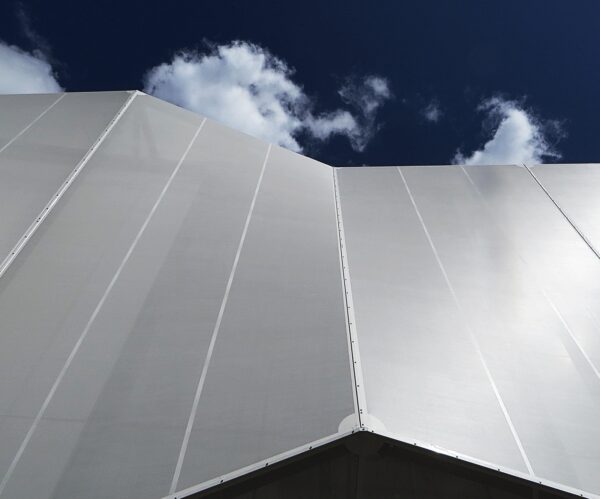
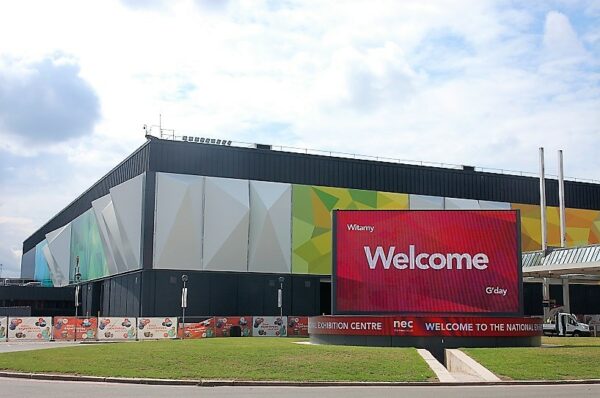
As part of an exciting £4.5 million transformation of Birmingham’s NEC, Base Structures has installed a stunning fabric façade to the exterior of Halls 1…
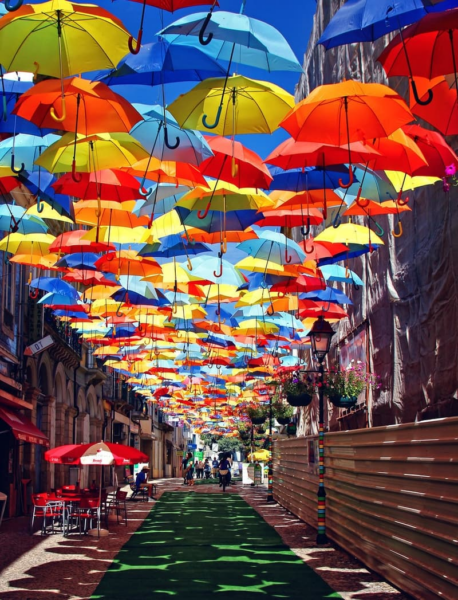
City placemaking is the art and design of creating public spaces and is often driven by community projects. Whether that’s through decorative art installations, creating…

Event Communications Ltd approached us to help them develop a series of 9 fabric wave sculptures to embody the water element of the new Viking exhibition, menacingly titled The Raid!, and which opened June 2021. The waves help create a dynamic & natural flow for visitors as they follow the tour.
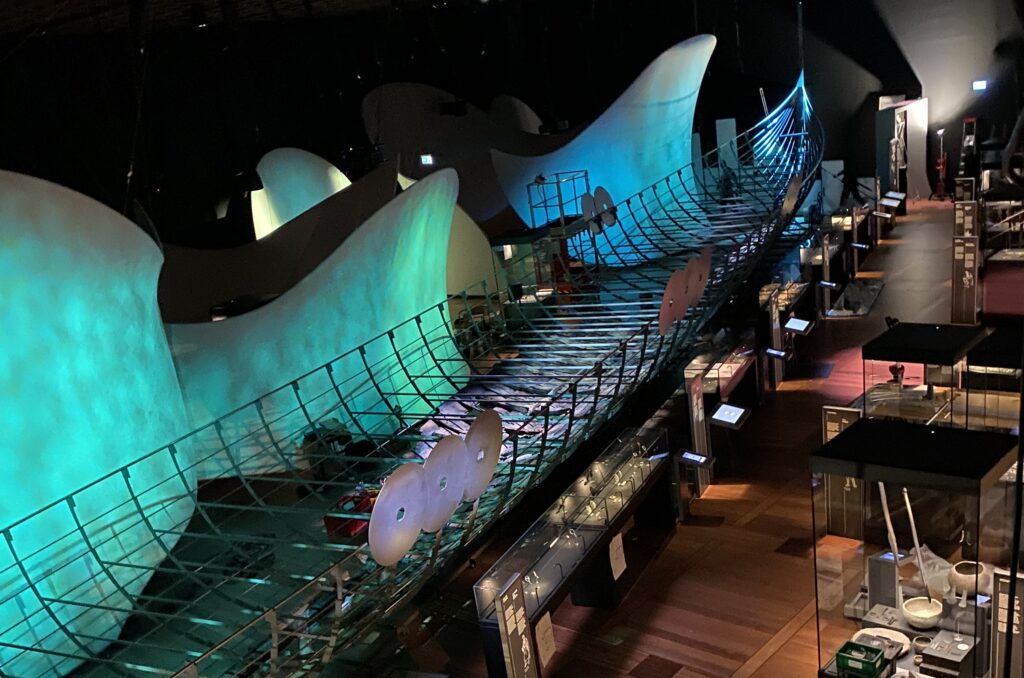
Our solution utilised similar details from a project we were proudly involved in with Zaha Hadid, the JS Bach Music Hall – Zaha Hadid | Base Structures, and encompasses a light aluminium modular framing system. Double skinned stretched spandex fabric, patterned specifically for the complex organic geometries, provides a soft sense motion and defines the exhibit space the museum were looking for.
The finished fabric forms add theatre to the installation with a sense of the ocean to fit with the origins of the Vikings. A separate blackout skin fitted between the spandex allows the museum to project imagery onto the fabric as part of the exhibit and because of the modular design, the structures can be used again for future exhibitions.




For our clients who run and manage zoos, animal welfare is their top priority. Most zoos exist as an opportunity not just for the public…
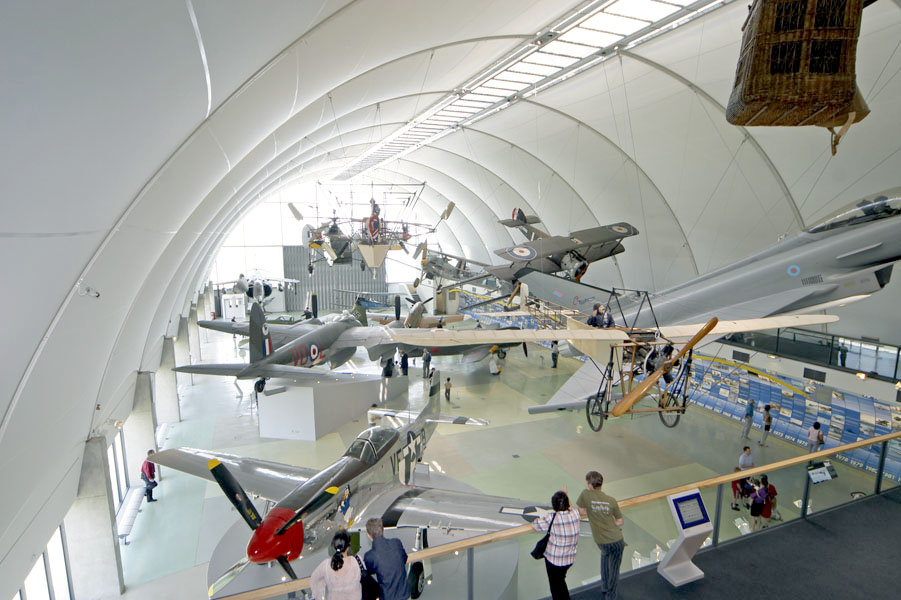
Our brief was to design and install a fabric ceiling system within the museum which would also act as a diffuser for the concealed lighting. It creates a dramatic effect to the interior space and the fabric membrane provides a suitable backdrop for the hanging aircraft display.
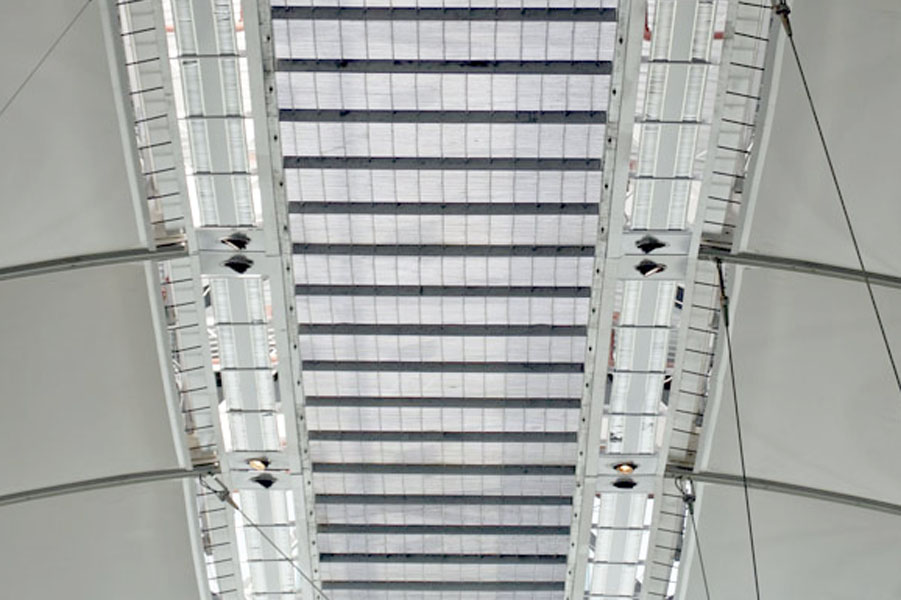
We designed, engineered, manufactured and installed the fabric ceiling system for the museum. This includes the fabric, extrusion and fittings. We also fitted a fabric soffit to the building exterior.
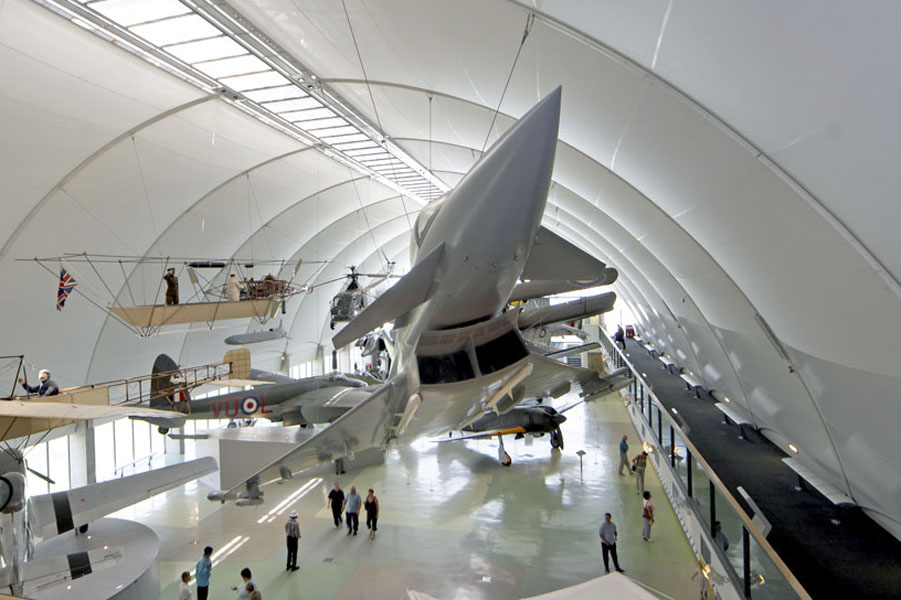
The project went very well and has been featured in the architectural press. The new museum space and displays have proved very popular with the public.
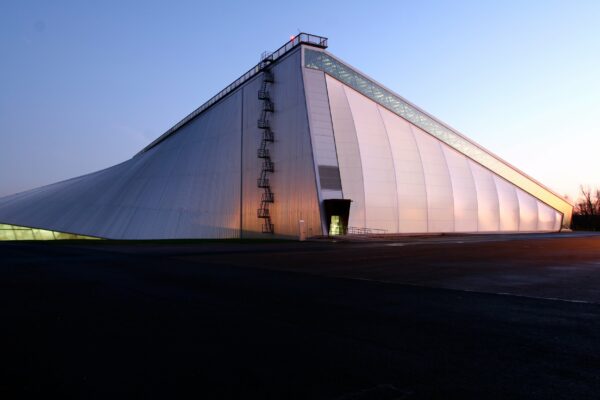
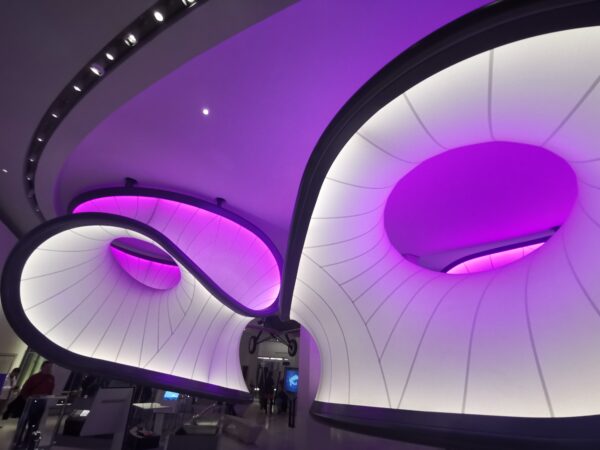
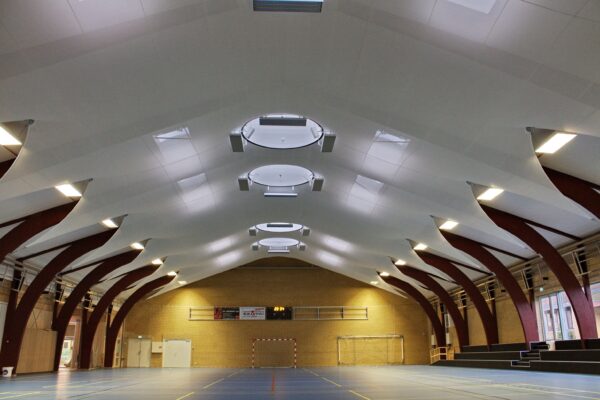

For the high quality refit of Leeds City Museum, Redman Design Associates required five large tensile fabric projection screens to be hung in the impressive museum arena.
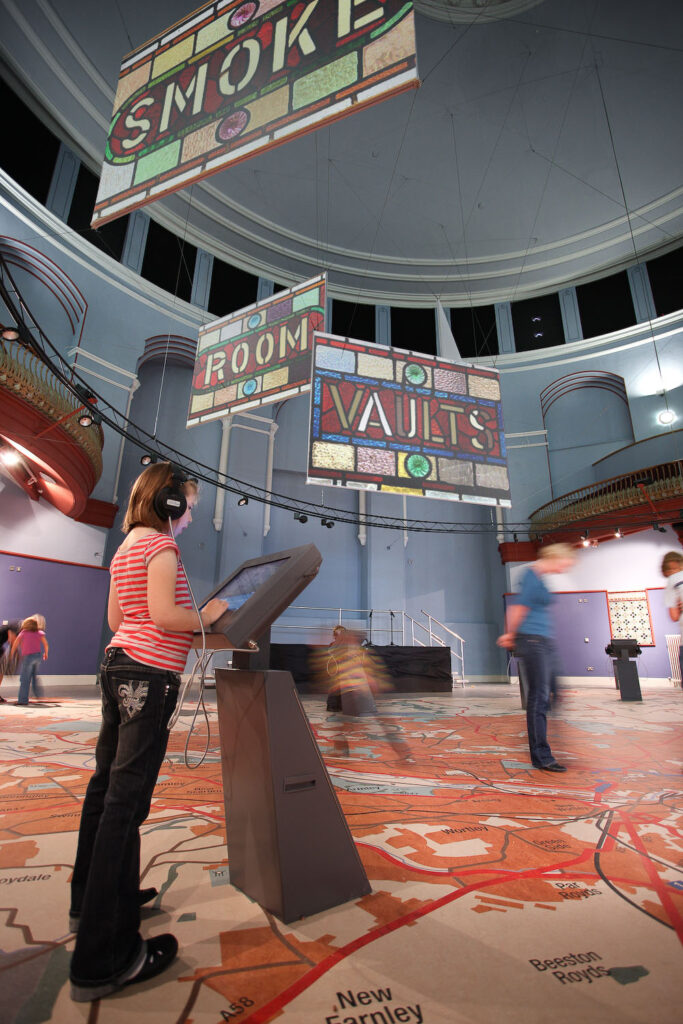
We designed a steel framed screen with very discreet fabric connection details, and positioned the five screens accurately on a complex arrangement of suspension cables. The projectors were then focused and adjusted to provide a high definition image right to the edge of the screens.




Kensington Palace has been a royal residence since the 17th century, most recently being called home by newly weds the Duke and Duchess of Cambridge when staying in London. Their crash-pad in the capital has recently undergone a major £12 million renovation, overseen by the Historic Royal Palaces Trust and co-ordinated by architects John Simpsons and Partners. This lavish refurbishment is not for the sole benefit of the nation’s favourite couple however – since the Palace reopened in 2012, 50% of the building is accessible to the visiting public, allowing a privileged insight into the daily life of the royal family past and present.
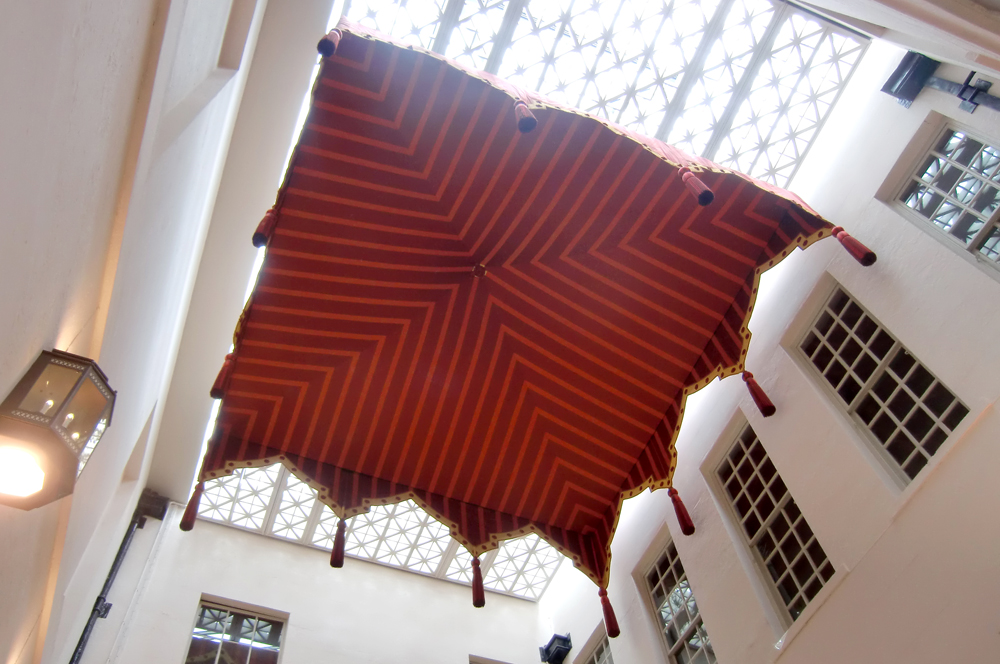
Base Structures created and installed a striped, four sided pyramidal canopy complete with pelmets on all four sides and large decorative tassels, suspended ten metres above the floor. The canopy is intended to provide a regal flourish to the visitor entrance and it certainly delivers, the royal appearance being enhanced by using a material called Diaposon, a man made fabric extremely similar to silk.
Visitors can now enter the palace and purchase tickets in the White Court Courtyard, once an open area but now enclosed with a glazed, steel framed roof.




Jan Blake asked us to manufacture these silk fabric sculptures which she had designed for her client. The hand painted silk sculptures provide a relevant and symbolic feature for visitors to the offices and are a dynamic use of interior space.
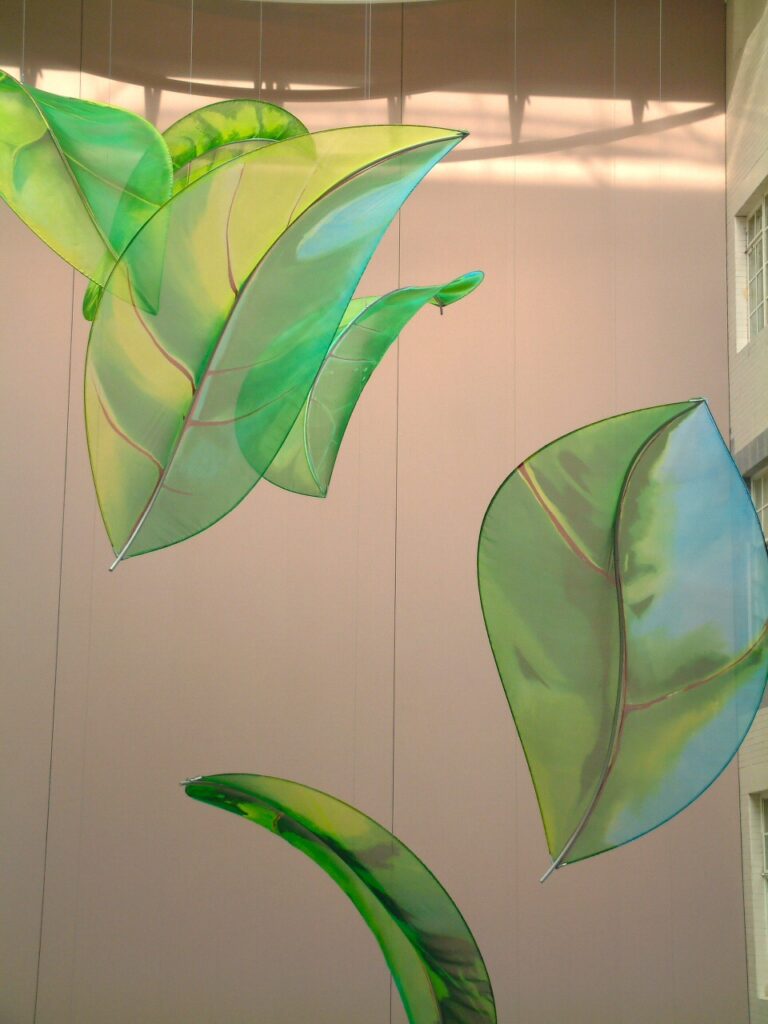
We manufactured the ten sculptures which involved patterning the fabric and attaching the fabric to steel frames. Jan then painted the artwork directly onto them.




Appointed by BAA, Stride Treglowan undertook a radical makeover of the International Departures Lounge to create a more stimulating space and enhance the customers travel experience. We fabricated and installed the fabric, printed artwork and supporting steelwork to the Olympus Rings, internal ceiling kites, Matterhorn sculpture, information desk canopy and end bay banners.
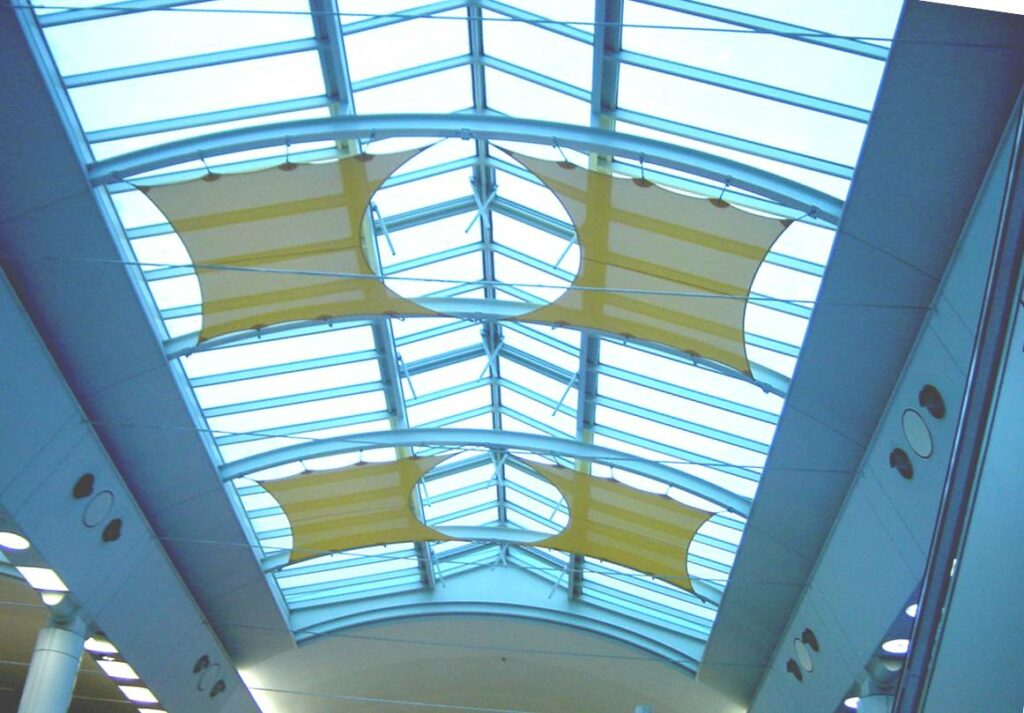
This was a complex project with a number of different elements. It was installed during short night shifts. It went very well and was ready in time for the re-openeing of the departure lounge. The works have improved the internal space. BAA are very pleased with it and have reported increased sales in the shopping areas.




Realising an artistís vision and capturing the true essence in their work is an onerous undertaking. Yet often collaboration can yield stunning results. The Aquatic Circus installation at Drake Circus Shopping Centre in Plymouth is one such project.
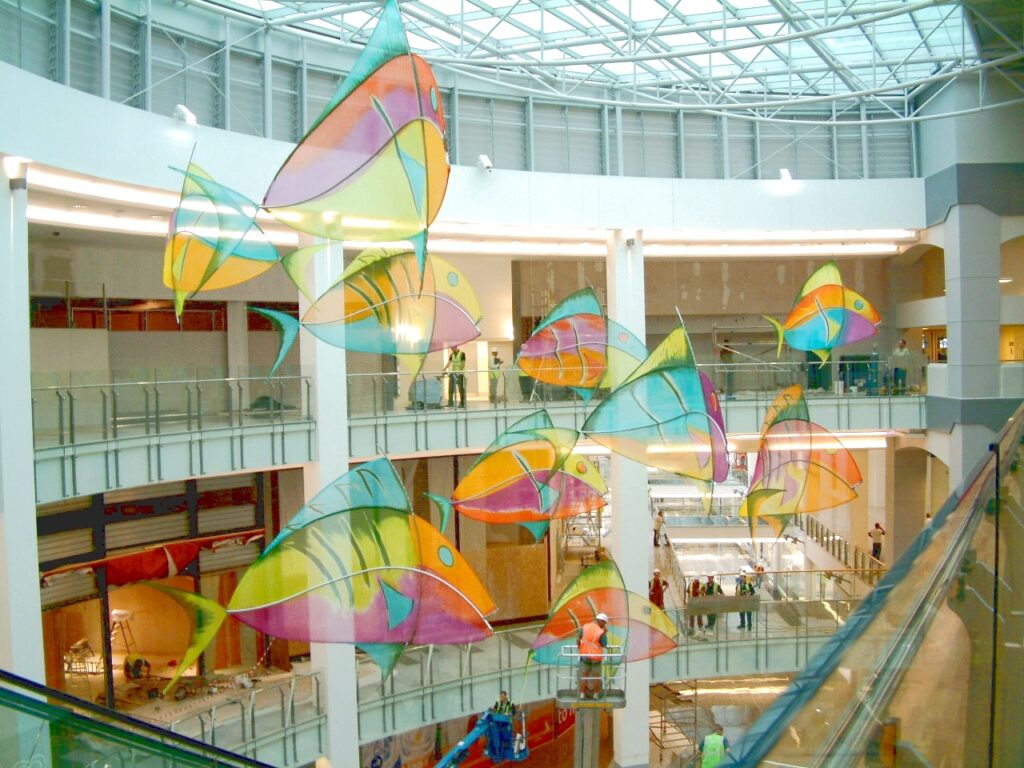
Ten tensile silk fish structures are suspended in the semi-circular atrium space. These bright fairground coloured fish belong to that imaginary circus created by textile artist Jan Blake. Each fish is suspended by one point allowing it to turn slowly and interact with a neighbouring fish. We created the delicate creatures from steel, fibre-glass rods and silk organza for Jan to painstakingly paint with procion dye. The effect is breath taking. Light and movement now fill the vast atrium space, transformed by an aquatic extravaganza.




Chelsea and Westminster Hospital in Fulham Road, London, wanted to transform a new patient seating area into a comforting space which has a private and cocooned feel. To do this, Base needed to complete a suspended lighting rig that could also carry privacy screening into the seating area within the heart of the hospital.
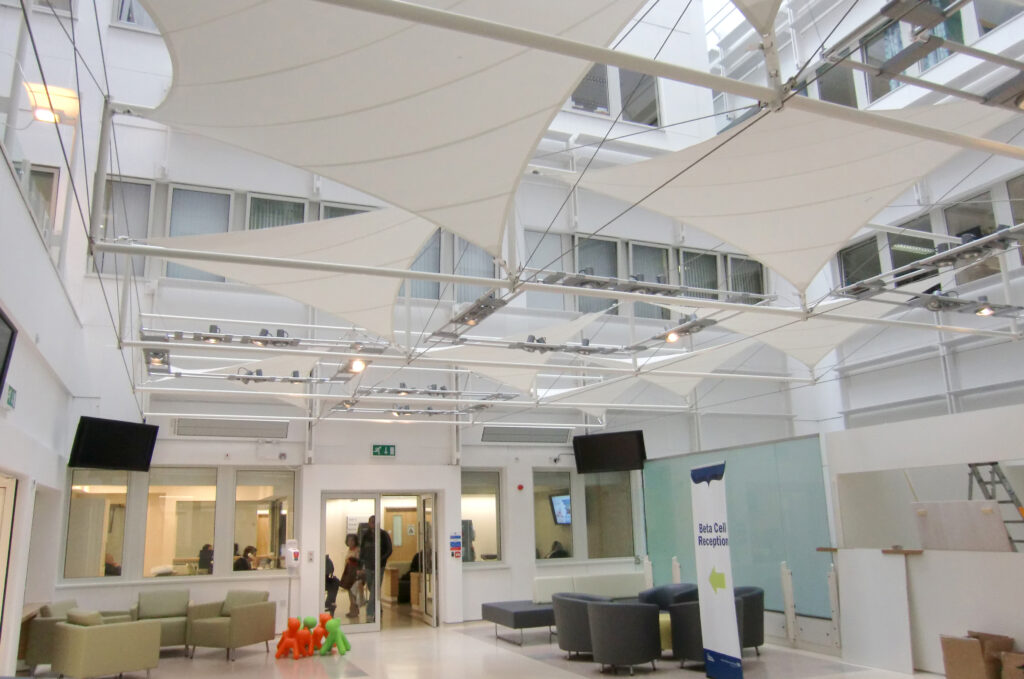
Base were employed to design, manufacture and install the fabric sails and lighting. We could not suspend anything directly from above the seating area and so we had to use tension cables which were rigged horizontally to fix tubular steel frames within a spider’s web of tensioned steel cables. These steel frames allowed us to form a geometric grid within the space, into which we could suspend a series of Hypar feature sails. The spaces between the sails were then used to incorporate the lighting assemblies.
The fabric sails create a contemporary yet comforting feel in the seating area and brighten up the heart of the hospital.







